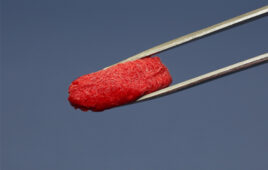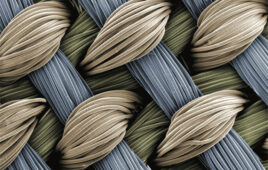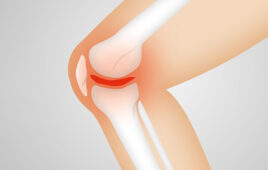A group of Russian scientists have successfully tested the implants of chancellor bones based on ultra-high-molecular-weight polyethylene (UHMWPE): 100 percent of implanted samples have been successfully grafted.
As previously reported, NUST MISIS scientists, with the help of colleagues from the Russian Cancer Center, named after N.N. Blokhin, as well as the State Plant for Medical Preparations, learned how to create highly precise simulations of bone tissue structures, which presented the opportunity to provide a replacement for bone loss, and to initiate the regeneration process while maintaining the functional capabilities of limbs. An article with the research results was published in the “Materials Science and Engineering” journal.
“The research group was able to examine the structural and mechanical characteristics of the obtained samples both in-vitro and in-vivo during the experiment. The breakthrough fundamental research of NUST MISIS scientists has received practical development thanks to the close cooperation of our University, Russia’s leading Cancer Center and the State Plant for Medical Preparations. Particularly, the results of the in-vivo experiments allowed the team to determine the degree of the inner layer’s porosity and pore sizes, in which a strong fixation in bone loss by the ingrowth of connective tissue into the implant takes place”, comments Alevtina Chernikova, Rector of NUST MISIS.
The partial replacement of bones, destroyed by cancer, injury, or surgery, remains an important medical problem. In Russia alone over 70,000 surgeries to restore the integrity of damaged bone tissue occur annually. There are hundreds of thousands of such operations throughout the world.
Bone tissue possesses a natural ability to regenerate, but in case of large defects the natural ability is often insufficient for complete bone repair. That’s why to repair damaged bone tissue various types of implants are used. Materials used for bone implants must have a number of specific properties: to be biologically compatible with the host’s body, to possess high mechanical properties, to ensure the complete replacement of the bone loss, and to initiate the processes of bone tissue regeneration.
The ultra-high-molecular-weight polyethylene is very well suitable for the criteria described above. For example, if we talk about mechanical properties in terms of strength or self-weight, the products from UHMWPE have measurements that exceed steel. That’s why potentially the material suits well for the manufacture of porous implants which have the structure to initiate the porous chancellors bone tissue processes most accurately. However, the extremely high molecular weight of polymer doesn’t allow for the use of traditional methods of creating a porous structure (typically they are created by foaming).
The problem was solved with the help of a solid-phase mixing method, thermopressure, and rinsing the materials in subcritical water. With such ingenuity, a group of Russian scientists solved the problem of simulating the complex structure of chancellor bones for the first time in the world, and created the multi-layer UHMWPE scaffolds with a solid exterior and porous inner layer.
“Our scaffold consists of two layers, which are connected to each other very firmly. The first layer is solid – it stimulates the cortical bone to ensure the mechanical strength. The inner layer has pores of a certain size, that’s why it can be colonized by cells from the recipient to accelerate the fusion with surrounding tissues and to provide a strong fixation of the implant in the defective area”, says Fedor Senatov, Candidate of Engineering Sciences, head of the project, and research assistant at the NUST MISIS Center of Composite Materials.
According to the experimentation team, the listed features of scaffolds obtained on the basis of UHMWPE will open great prospects for the creation of bioimplants in rehabilitation medicine, a fact already proved by scientists in a new series of experiments.




